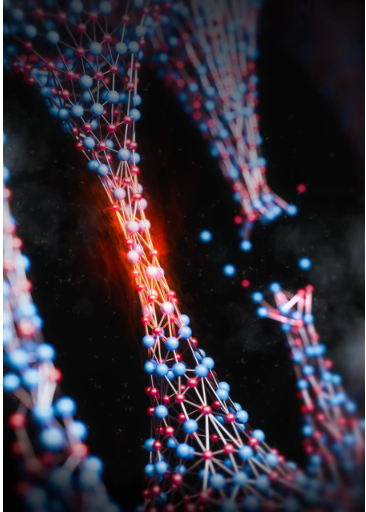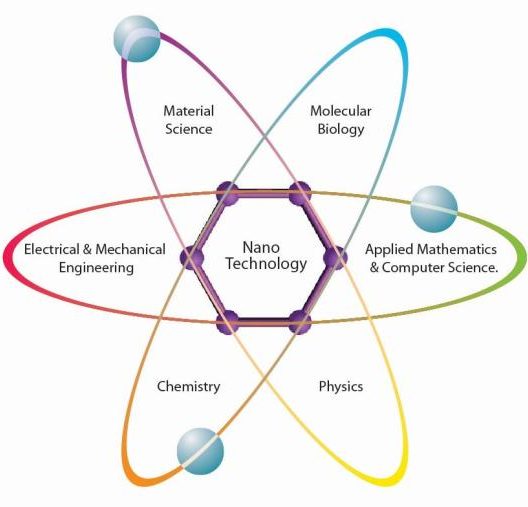
Scientists have developed amorphous silicon carbide, a strong and scalable material with potential uses in microchip sensors, solar cells, and space exploration. This breakthrough promises significant advancements in material science and microchip technology. An artist’s impression of amorphous silicon carbide nanostrings testing to its limit tensile strength. Credit: Science Brush
Topics: Applied Physics, Chemistry, Materials Science, Nanomaterials, Semiconductor Technology
A new material that doesn’t just rival the strength of diamonds and graphene but boasts a yield strength 10 times greater than Kevlar, renowned for its use in bulletproof vests.
Researchers at Delft University of Technology, led by assistant professor Richard Norte, have unveiled a remarkable new material with the potential to impact the world of material science: amorphous silicon carbide (a-SiC).
Beyond its exceptional strength, this material demonstrates mechanical properties crucial for vibration isolation on a microchip. Amorphous silicon carbide is, therefore, particularly suitable for making ultra-sensitive microchip sensors.
The range of potential applications is vast, from ultra-sensitive microchip sensors and advanced solar cells to pioneering space exploration and DNA sequencing technologies. The advantages of this material’s strength, combined with its scalability, make it exceptionally promising.
Researchers at Delft University of Technology, led by assistant professor Richard Norte, have unveiled a remarkable new material with the potential to impact the world of material science: amorphous silicon carbide (a-SiC).
The researchers adopted an innovative method to test this material’s tensile strength. Instead of traditional methods that might introduce inaccuracies from the way the material is anchored, they turned to microchip technology. By growing the films of amorphous silicon carbide on a silicon substrate and suspending them, they leveraged the geometry of the nanostrings to induce high tensile forces. By fabricating many such structures with increasing tensile forces, they meticulously observed the point of breakage. This microchip-based approach not only ensures unprecedented precision but also paves the way for future material testing.
Why the focus on nanostrings? “Nanostrings are fundamental building blocks, the very foundation that can be used to construct more intricate suspended structures. Demonstrating high yield strength in a nanostring translates to showcasing strength in its most elemental form.”
10x Stronger Than Kevlar: Amorphous Silicon Carbide Could Revolutionize Material Science, Delft University Of Technology
